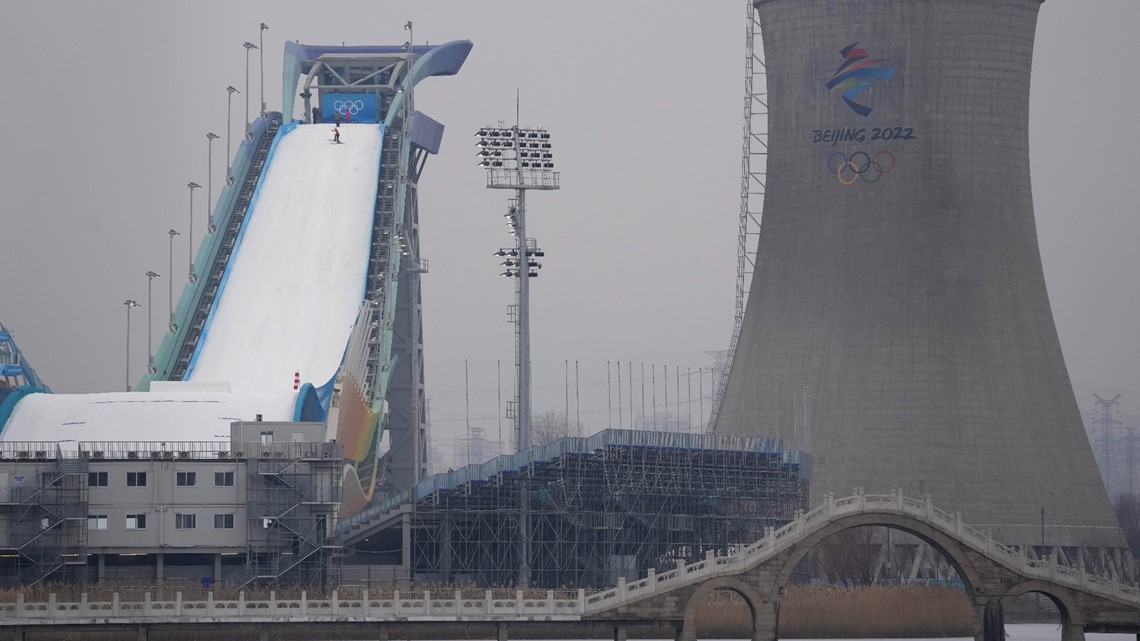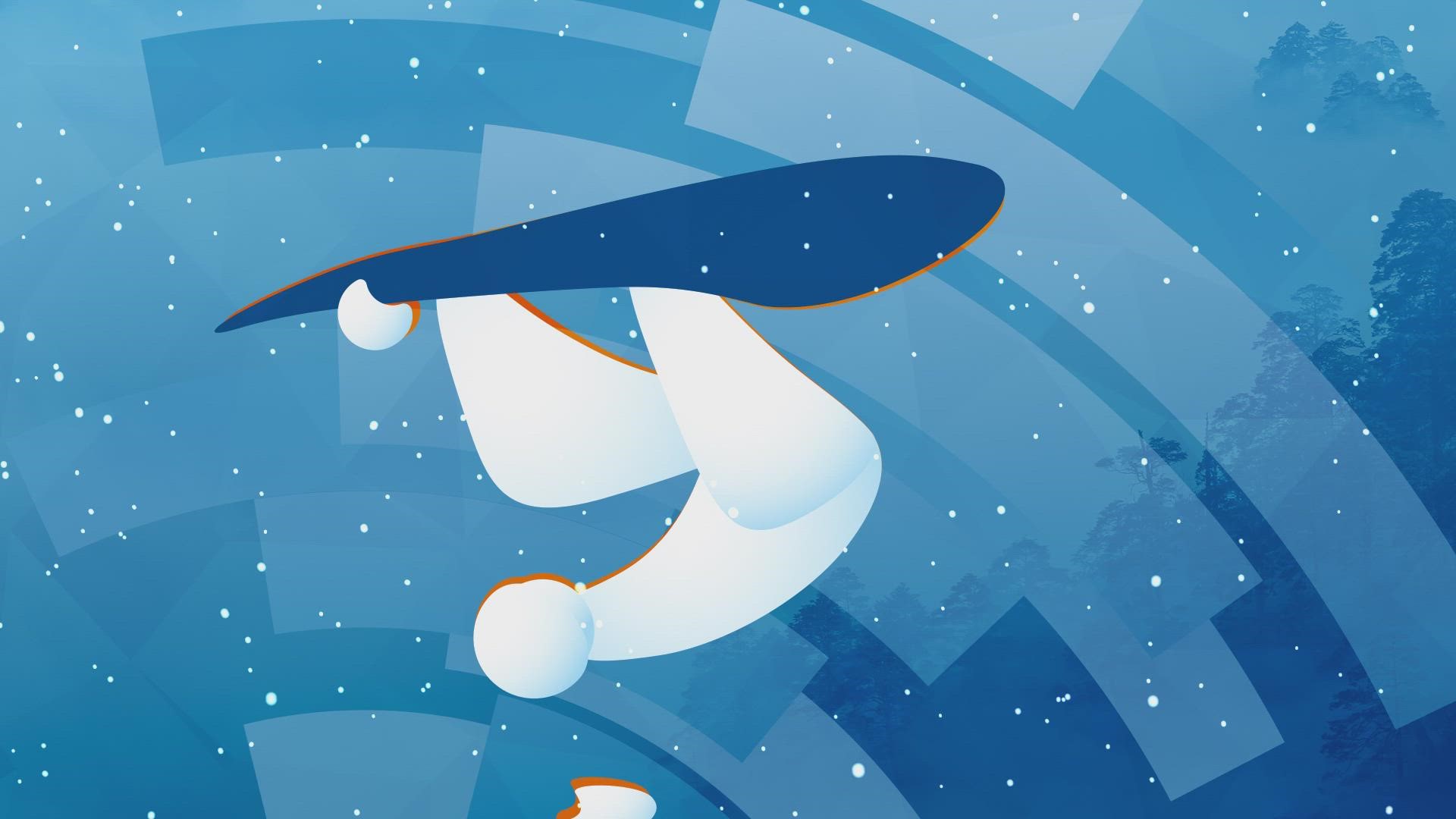Big Air snowboarding and Big Air freestyle skiing are breathtaking Winter Olympics sports that combine speed and height with tricks often seen in the halfpipe and slopestyle competitions.
The snowboarding event is back at the Games for the second time while the freestyle skiing version is making its debut.
Competitors slide down a long ramp and go over one jump. Once in the air, they do as many spins, flips and twists as they can pull off, then try to land without falling.
As for what the judges are scoring, you just need to know the deal: D-E-A-L.
- Difficulty - NBC Olympics explains that tricks with more rotation generally score higher since they are considered more difficult. But there are other tricks such as grabbing the board or spinning a frontside rotation from their toes rather than their heels.
- Execution - This means the rider shows they are maintaining control throughout the trick.
- Amplitude – This is about the height of the jump, but going as high as possible isn’t always the best play. Judges will be looking to see if the rider pulls off the trick in an area designated as the “sweet spot,” NBC Olympics said. So, going too high or too low can cost the rider points.
- Landing – This is pretty basic. It’s landing, with control, after having completed the trick. Making adjustments after landing or putting hand in the ground is a no-no.


Runs will be scored by a panel of judges. The highest and lowest scores are thrown out for each run.
While most of the skiing and snowboarding events will take place in the mountains, China has built the Big Air Shougang which is located in the city of Beijing.

